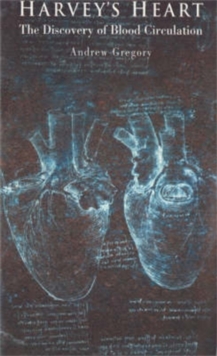
Hardback
Description
How is it possible that Earth's atmospheric temperature has remained perfectly suited to supporting life for billions of years?
Why do oxygen levels in the atmosphere remain relatively stable when only a minuscule increase would cause everything on Earth to spontaneously combust?
Why are the oceans salty, but not salty enough to make them uninhabitable?
In the 1960s, an English scientist names James Lovelock formulated a groundbreaking and highly controversial explanation: Earth is alive. Naming his theory after the ancient Greek earth goddess, Lovelock's "Gaia hypothesis" argued that everything on the planet-air, water, soil, and living organisms-somehow act together in a global, self-organizing system to maintain conditions suitable to sustaining and perpetuating life.
Lovelock speculated that the geosphere and biosphere were interdependent and that every part of the Earth system worked in symbiotic harmony with every other part.
Once considered more science fiction than legitimate science, the Gaia hypothesis was met with indifference, and even hostility, when it was first revealed. The theory only started to gain widespread attention when emerging issues such as environmental degradation and global warming proved that a single species-humans-could radically upset the ecological and atmospheric balance of the planet.
While Gaia attracted a quasi-religious following among environmentalists and New Age spiritualists, it was still largely viewed with skepticism by the scientific community.
But over the past few decades, many of Lovelock's ideas have led to significant breakthroughs.
In fact, the Gaia hypothesis has developed into a guiding principle for a vast range of discrete inquiries into how the Earth works, often referred to as "Earth system science" or "geophysiology." Telling the story of this maverick pioneer and his long struggle to gain respectability, Lovelock and Gaia explains how Lovelock's remarkable hypothesis is gradually ushering in a scientific revolution.
Information
-
Out of stock
- Format:Hardback
- Pages:168 pages, 9 illus.
- Publisher:Columbia University Press
- Publication Date:01/01/0001
- Category:
- ISBN:9780231134309
Information
-
Out of stock
- Format:Hardback
- Pages:168 pages, 9 illus.
- Publisher:Columbia University Press
- Publication Date:01/01/0001
- Category:
- ISBN:9780231134309










